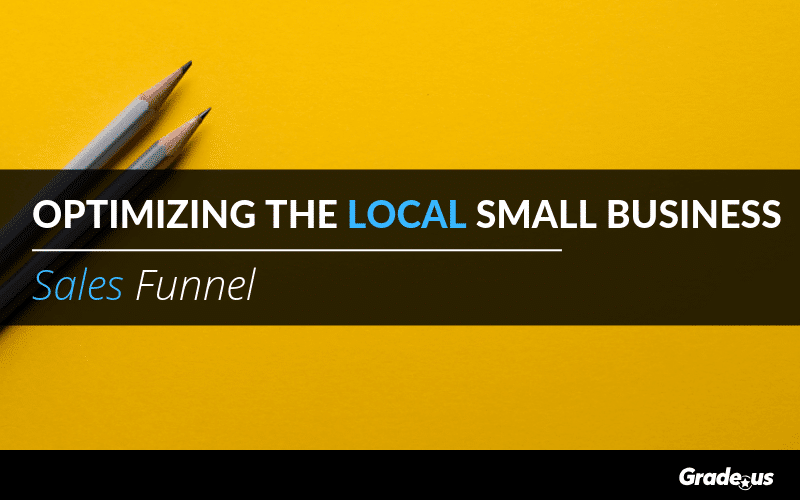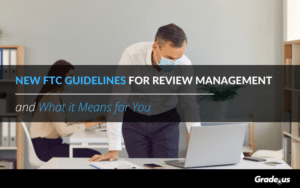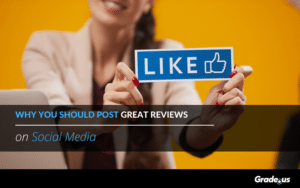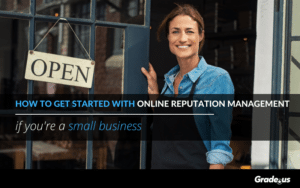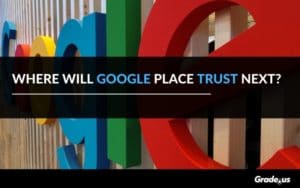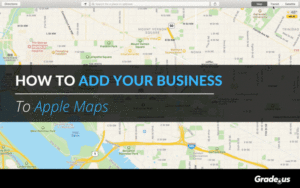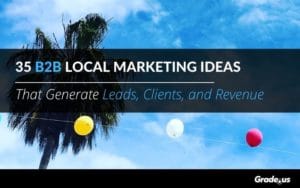The local small business sales funnel can be daunting when the person running it isn’t technically savvy.
That’s where your agency comes in.
Imagine this scenario as a digital marketing agency or SEO specialist. You've done an amazing job for your clients. They needed a steady stream of leads and your agency delivered. Your clients are incredibly happy. They're inundated with leads.
Just one problem.
They're struggling to convert the leads you've produced into customers. They're not entirely sure what the problem is.
Why can't clients capitalize on these leads?
It's their sales funnel.
Or rather, the lack of a sales funnel. Most of your small business clients don't have a sales funnel.
Why is that?
The vast majority of small business owners wear multiple hats. They're focused on putting out a variety of urgent fires. Their attention is focused on solving their next, most urgent problem.
- They have to provide their product or service
- Manage product or service fulfillment
- Handle customer service and support
- Handle bookkeeping, accounting and financial details
- Manage employees, contractors and freelancers
- Deal with ongoing tax and legal concerns
This is the problem.
Small business owners don't have the time, energy or resources to focus on a specific customer. They don't even have what they need to focus on a specific set or group of customers.
So they neglect their prospects.
Your clients are looking for customers who are eager and ready-to-buy. Most of the time, they reach out to prospects with the expectation that they're ready to buy now. This isn't how it works though.
Most prospects aren't ready to buy now
According to Gleanster Research, 25 percent of leads are unqualified. 50 percent of leads are qualified but not ready to buy. Only 25 percent are sales ready.
What does this mean exactly?
It means 75 percent of the leads you generate for your clients won't lead to immediate. It also means 50 percent of your leads will buy from someone in the next year. To complicate things further, your clients are missing the ingredients their customers need to buy. It's an overwhelming problem your small business clients aren't equipped to solve.
What else does this mean?
If your clients don't have the right ingredients, they don't have the tools and resources they need to build and optimize their sales funnels. It means the vast majority of the leads you generate are being wasted.
Your clients need help.
They need you to optimize their sales funnels. The obvious question is how. But before you can answer the question of how you need to answer the what. Namely, what in their funnels do clients need to optimize?
Prospects are optimized around structure
Your client's prospects need a specific set of ingredients before they're able to buy.
- Education + information: Education attracts customer attention, information converts that attention into action.
- Emotional and psychological triggers: These triggers bypass the emotional and psychological filters customers use to avoid unwanted marketing and advertising messages. If your client’s offer is relevant and it’s a good fit, customers are naturally interested.
- Desires, goals, fears and frustrations: These four items act as a kind of checksum, a verification and error correction mechanism customers use to verify that your clients understand their implicit and explicit wants. If your client is able to repeat their desires, goals, fears and frustrations back to customers, customers are more willing to buy.
- The right features, benefits and incentives: This functions as yet another qualification and conversion tool. Why does this matter? Customers ask themselves a subconscious question. Is this right for me? Asking this question reduces refund rates. It gives customers clarity. Producing the right features and benefits tells their customers “this product or service was made specifically for you.” But it also disqualifies the unqualified.
- Social proof: You know what this is. It’s borrowing trust from reliable third parties to boost your own perceived trustworthiness. If you’ve created a strong review portfolio for your clients (with reviews across multiple platforms) and you’re generating traffic there’s already a significant amount of perceived trustworthiness. But it’s not as helpful without…
- Credibility and authority boosters: According to BJ Fogg, researcher at Stanford’s Persuasive Tech Lab, there are four kinds of credibility which people use to assume trust. Earned, reputed, presumed and surface credibility. Credibility and authority boosters, when combined with social proof, produce a significant amount of sales.
- Urgency triggers: This gets customers to take action immediately. It’s a high-value tactic that, when used honestly, motivates customers to buy from your clients. False urgency is dishonest, it has a negative impact on sales. Genuine urgency motivates action. These urgency triggers, in a variety of formats including bonuses, takeaways, loss aversion timers, contests, sweepstakes, weight lists, bundles and members-only exclusives provide the impetus customers need to buy.
- An irresistible offer: This increases your customer’s motivation to buy immediately. When combined with urgency triggers, these offers increase conversion rates significantly. An irresistible offer is something your client’s customers want, believe to be exclusive, is clear and timed. You can convert new customers to repeat buyers with an irresistible offer + tripwire combo. This gives customers the additional impetus they need to buy.
Why do these ingredients matter?
Because these are the ingredients customers look for. When customers are looking to buy a particular product or service they seek these items out.
You use these ingredients to optimize their funnel
You'll need a few additional details to optimize your client's sales funnel.
1. A list of marketing channels: An email list, social media content and advertising, search (e.g. local, organic and paid), display/remnant advertising, retargeting, etc. You'll want to identify the marketing channels your client's customers frequent. The assumption here is that your targeting is precise.
2. Content geared around the specific ingredients I covered in my previous list above. You want to create a variety of content for each ingredient, in a variety of formats for each marketing channel. You also want specific landing pages customized for each review site. If your client is an attorney, you want to separate landing page for Google reviews, Avvo, Yelp, Martindale-Hubbell, etc. You'll want to create a maze of content you entice customers to subscribe to. The more content your client's customers subscribe to the more likely they are to buy and the less likely they are to unsubscribe.
3. You want to arrange content in a specific order. You want to spend a significant amount of time focused on educating clients. Use content, video, social media and slide marketing to share the content listed above on your client's behalf. Integrate marketing content with follow-up tools e.g. text, email and voicemail autoresponder sequences. You want to arrange your offers in a logical sequence that fits with customer buying patterns (e.g. lead magnet » tripwire offer » email autoresponder sequence » introductory product/service » consultation). Can you see the focus of the content? It's the follow-up.
4. Set up analytics to track the performance of each piece of content, channel and landing page. Use URL shorteners and the URL builder to customize tracking URLs. Ensure tracking codes are installed correctly in all ad creative and landing pages. Set up custom reports, event, call, goals and ecommerce tracking.
5. Assess their customer's conversion preferences. Do your client's customers prefer to speak with some on the phone before buying? Do they prefer to complete their purchase online? Are they more responsive to email, SMS or Facebook chatbots? You'll need to identify the marketing channel that produces the ideal amount of conversions.
This is the structure you need to optimize your client's sales funnel. If you have these ingredients in place you have everything you need to help your clients turn leads into sales.
How do you use this?
You focus your attention on creating systems that produce leverage. Maybe it's important for you to follow up with each of their customers individually, but it's probably better to create a system that doesn't depend on you specifically.
Here's the thing about this strategy.
You can use this framework for a variety of campaigns. This works beautifully for:
- Review management campaigns
- Search engine and local search marketing campaigns
- Display advertising and retargeting campaigns
- Email marketing campaigns
- SMS and voicemail campaigns
- Direct mail campaigns
Just one problem.
What if your clients can't capitalize on the framework you've created?
The solution is simple.
Your clients can pay you or someone else to do the work. With the framework you've provided you've given them an instruction manual they can use to convert the leads they're receiving from you.
It's a win either way.
- If they hire you to do the work they convert more of their leads to sales
- If you create the plan and someone else does the work, they convert more of their leads to sales
- If you create the plan and they follow it, they convert more of their leads to sales
If you do the work you'll be paid for it. If you create a plan you'll be paid for it.
A win all around.
Wait just a minute. What if they have a tiny budget?
It's still a win.
Continue generating leads for your client. Build their sales funnel and create a plan for them to follow. Provide your clients with the weekly check-ins they need (at a reduced rate). You are able to provide them with the consistent help they need at a budget they can afford.
Your small business clients can't capitalize on their leads
They need your help.
If you're doing an amazing job for your clients, you're providing them with the steady stream of leads they desperately need. That's the problem though, isn't it? If they're like most small businesses they don't have the time, tools and resources they need to capitalize on these leads.
Their prospects are neglected.
The vast majority of small business owners wear multiple hats. They're focused on putting on a variety of urgent fires. Their attention is focused on running from one problem to the next.
You can change that.
With the right ingredients and a solid structure, your clients will have everything they need to turn the avalanche of leads you're providing into a mountain of sales.
About the Author
Andrew McDermott
Andrew McDermott is the co-founder of HooktoWin. He shows entrepreneurs how to attract and win new customers.

